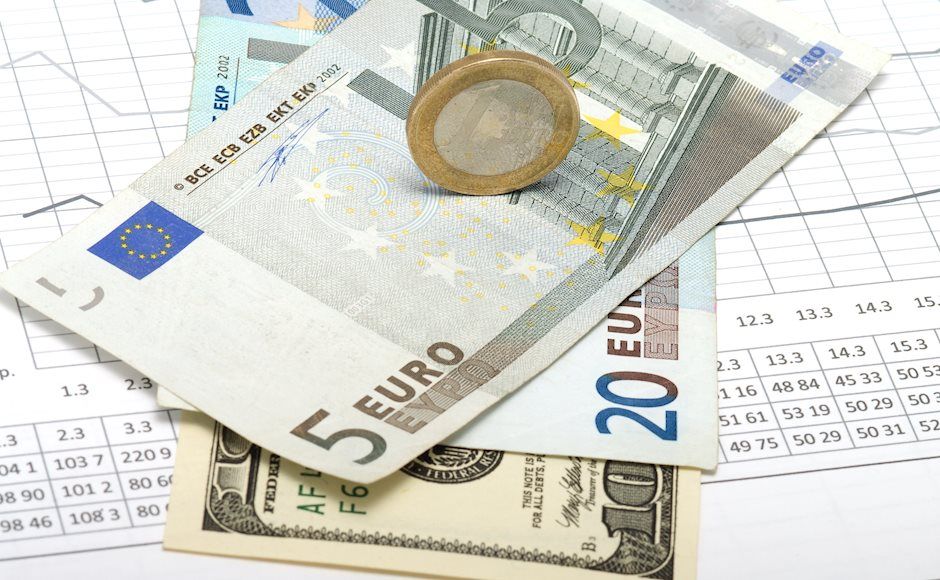EUR/USD Forecast: Euro bulls stay on sidelines ahead of US inflation data
- EUR/USD has retreated below 1.0900 following Thursday's rally.
- Annual Core HICP in Eurozone ticked up to 5.7% in March as expected.
- Investors eye February PCE inflation data from the US.

After having registered impressive gains on Thursday, EUR/USD has lost its traction and declined below 1.0900 on Friday. Inflation data from the Eurozone failed to trigger a significant market reaction. The pair's near-term technical outlook points to a loss of bullish momentum and a drop below 1.0860 could open the door for further losses.
Eurostat announced that Harmonized Index of Consumer Prices (HICP) declined to 6.9% on a yearly basis in March from 8.5% in February. On a concerning note, however, the Core HICP, which excludes volatile food and energy prices, rose to 5.7% in the same period on the back of a monthly increase of 0.9%. Nevertheless, investors largely ignored this data.
In its Economic Bulletin published on Thursday, the European Central Bank (ECB) reiterated that inflation in the Eurozone is projected to remain too high for too long. "ECB staff now see inflation averaging 5.3% in 2023, 2.9% in 2024 and 2.1% in 2025," the publication further read.
The US Bureau of Economic Analysis (BEA) will release the Personal Consumption Expenditures (PCE) Price Index data for February later in the day. The Core PCE Price Index, the Fed's preferred inflation measure, is forecast to hold steady at 4.7% on a yearly basis and is expected to rise 0.4% on a monthly basis.
Since base effects are likely to distort the annual reading, market participants will pay close attention to the monthly PCE inflation print. Although investors will want to see the March jobs report and Consumer Price Index (CPI) figures before deciding whether the US Federal Reserve will leave its policy rate unchanged at its next meeting, a stronger-than-forecast monthly Core PCE Price Index is likely to help the US Dollar find demand ahead of the weekend. On the other hand, a soft print should have the opposite effect and weigh on the USD, helping EUR/USD regain its traction.
Nevertheless, the market reaction is likely to remain short-lived with month-end and quarter-end flows driving the action toward London fix.
EUR/USD Technical Analysis
EUR/USD has met resistance in the 1.0900/1.0910 (psychological level, end-point of the latest uptrend) area late Thursday, confirming that level as a significant resistance. The Relative Strength Index (RSI) indicator on the four-hour chart declined toward 60, pointing to a loss of bullish momentum.
In case the pair manages to hold above 1.0860 (ascending trend line, 20-period Simple Moving Average (SMA)), however, buyers could remain interested. In that scenario, EUR/USD needs to rise above 1.0900/1.0910 and use that level as support to be able to clear 1.0930 (static level, March 23 high) and target 1.1000 (psychological level).
On the downside, a four-hour close below 1.0860 could attract sellers and cause the pair to decline to 1.0820 (Fibonacci 23.6% retracement of the latest uptrend, 50-period SMA) and 1.0800 (psychological level).
Premium
You have reached your limit of 3 free articles for this month.
Start your subscription and get access to all our original articles.
Author

Eren Sengezer
FXStreet
As an economist at heart, Eren Sengezer specializes in the assessment of the short-term and long-term impacts of macroeconomic data, central bank policies and political developments on financial assets.

















